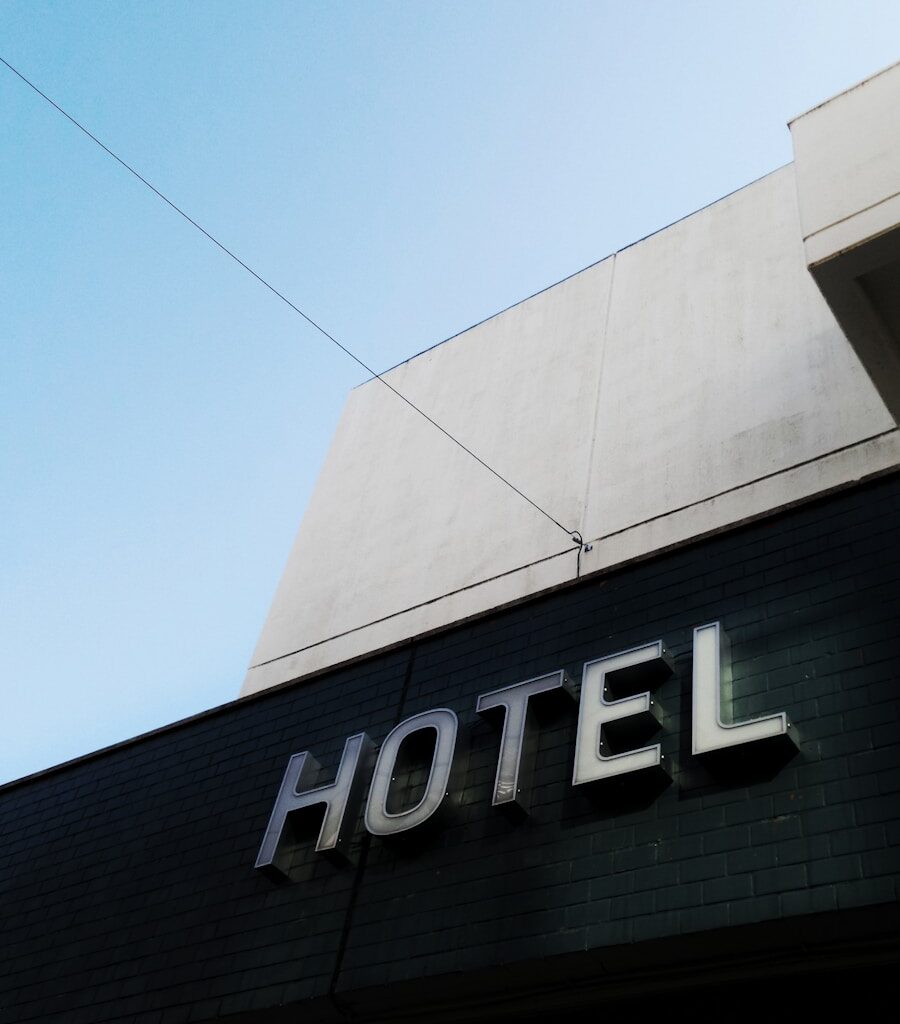As a small hotel owner or operator, achieving optimal profitability can be challenging in an increasingly competitive market. The key to success lies in maximizing revenue without compromising guest satisfaction. This is where revenue management comes into play. Revenue management is the practice of using data and strategies to sell the right room, at the right price, to the right guest, at the right time.
While large hotels may have dedicated revenue management teams and complex systems in place, small hotels can also benefit from implementing revenue management strategies. In fact, small hotels are perfectly positioned to implement agile and highly effective revenue management strategies to boost profitability and occupancy.
In this step-by-step guide, we’ll walk you through how to implement revenue management at your small hotel, making it accessible and actionable for both Indian hoteliers and those catering to travelers worldwide.
What is Revenue Management for Small Hotels?
Revenue management is the process of forecasting demand, adjusting prices in real-time, and optimizing room inventory to maximize revenue per available room (RevPAR). It’s not just about raising prices during peak demand—it’s about understanding the market and adjusting your strategy to align with customer behavior, local events, competitor pricing, and seasonal trends.
For small hotels, revenue management might seem overwhelming, but the benefits far outweigh the effort. The goal is simple: increase occupancy and profit by using pricing strategies that adapt to changing market conditions. Whether you’re catering to Indian travelers visiting Goa, international tourists in Paris, or business travelers in New York, a tailored revenue management strategy can significantly improve your bottom line.
Step 1: Understand Your Market and Define Your Goals
Before you dive into the technicalities of revenue management, it’s essential to understand your market and set clear, measurable goals. You need to know who your customers are, what drives demand in your location, and how much you want to increase your profitability.
Key Steps:
- Analyze Your Target Audience: Who are your guests? Are they local Indian travelers, international tourists, business travelers, or vacationing families? Understanding your market segmentation allows you to set pricing strategies that appeal to specific groups. For example, business travelers may be willing to pay higher rates for convenience, while leisure travelers might be more price-sensitive.
- Identify Key Drivers of Demand: Understand what influences demand for your hotel. Is it seasonal? Are there local events, festivals, or conferences that bring in guests? For example, Diwali in India or a local festival in a European city could create a spike in demand. Being aware of these factors will help you predict and adjust your rates accordingly.
- Set Clear Goals: Define your revenue management goals. Are you looking to increase occupancy? Maximize revenue per room? Reduce dependence on online travel agents (OTAs)? Setting clear, measurable objectives helps you focus your efforts on what matters most.


Step 2: Implement Dynamic Pricing Strategies
Dynamic pricing is at the heart of revenue management. It involves adjusting your room rates in real-time based on demand, market conditions, competitor pricing, and other factors. This allows you to maximize revenue by charging higher rates during peak demand and offering discounts during slower times.
Key Steps:
- Use Historical Data: Review past booking data to identify trends in demand. Do your bookings peak during long weekends, national holidays, or local festivals like Diwali, Durga Puja, or New Year’s? For example, if your small hotel is located in a popular tourist destination, like Rajasthan or Goa, you may find that demand surges during certain seasons. Similarly, international tourist seasons like summer in Europe or winter in the U.S. can help guide pricing decisions for global travelers.
- Monitor Competitor Prices: Keep an eye on competitor pricing. If hotels nearby increase their rates during a local event, it might be a sign to raise your own prices. Conversely, if a competitor offers a discount, you may need to adjust your rates to remain competitive.
- Adjust Rates for Different Segments: You don’t need to charge the same price to every guest. Business travelers might pay a premium for last-minute bookings, while families may be more price-sensitive. By segmenting your guests and adjusting rates for each segment, you can maximize revenue while ensuring high occupancy.
For small hotels in India or global destinations, leveraging dynamic pricing tools like RoomRaccoon, Revenue Management Systems (RMS), or even simple Excel sheets can help automate this process, saving time and increasing accuracy.


Step 3: Leverage the Power of Distribution Channels
The way you distribute your rooms plays a significant role in revenue management. For small hotels, choosing the right mix of booking channels is essential. Over-relying on OTAs may fill rooms, but it can also mean high commission fees, reducing your profit margin. At the same time, relying too much on direct bookings may limit exposure to a wider audience.
Key Steps:
- Balance OTAs and Direct Bookings: Use OTAs like Booking.com or Expedia to reach a global audience, but also encourage direct bookings through your website. Offering exclusive discounts or perks (e.g., free breakfast, early check-in, or discounted services) for direct bookings can reduce commission costs while still attracting guests.
- Optimize Your Hotel Website: Ensure that your website is optimized for direct bookings. It should be mobile-friendly, easy to navigate, and have a clear call to action (e.g., “Book Now”). If possible, integrate a booking engine that allows customers to check availability, see room rates, and make instant reservations.
- Use Distribution Partners Strategically: While OTAs are important, make sure that you’re also leveraging local channels. In India, for instance, partnering with regional online platforms like MakeMyTrip or Yatra can help attract domestic travelers. For international markets, platforms like Airbnb or Agoda can broaden your reach.
Tip: Offer a Best Rate Guarantee to guests booking directly through your website, ensuring they feel confident that they’re getting the best deal.


Step 4: Implement Length of Stay (LOS) Restrictions
Another effective strategy for small hotels is setting length of stay (LOS) restrictions. These restrictions dictate the minimum or maximum number of nights a guest can book, depending on demand.
Key Steps:
- Minimum Length of Stay (MinLOS): During peak periods (e.g., holidays, festivals, or major events), you can impose a minimum stay requirement. For example, you may require a 3-night minimum stay over Diwali or New Year’s. This ensures that guests who book during peak periods contribute more to your revenue.
- Maximum Length of Stay (MaxLOS): Conversely, during off-peak periods or weekdays, you can implement a maximum length of stay to avoid locking in rooms for too long. This allows you to optimize room availability for new guests.

Step 5: Monitor Performance and Make Adjustments
Revenue management is not a set-it-and-forget-it approach. It requires ongoing monitoring and adjustment. Once you’ve implemented your strategies, you need to continually assess your hotel’s performance, adjust rates, and fine-tune your approach based on results.
Key Steps:
- Track Occupancy and RevPAR: Keep an eye on your occupancy rate (the percentage of rooms sold) and revenue per available room (RevPAR). These are the two key metrics that tell you how well your revenue management strategies are working.
- Review Booking Pace: Look at how far in advance guests are booking and adjust your rates accordingly. If bookings are coming in early, you can raise prices for those dates. If bookings are coming in late, consider lowering your rates to attract last-minute bookings.
- Analyze Competitor Activity: Stay informed about your competitors’ strategies. Adjust your pricing or promotions if a competitor offers a better deal during a high-demand period.
Step 6: Use Technology and Tools for Automation
While small hotels may not have the same resources as larger properties, modern technology makes revenue management easier and more accessible. Revenue management software (RMS) and channel managers can help automate pricing adjustments, track performance, and optimize your distribution channels.
Key Tools:
- RoomRaccoon: An all-in-one RMS that automates pricing, booking, and channel management.
- Revinate: Provides data analytics and revenue optimization tools to drive direct bookings.
- RevPAR Guru: A popular revenue management system for small hotels that integrates with various booking channels.



